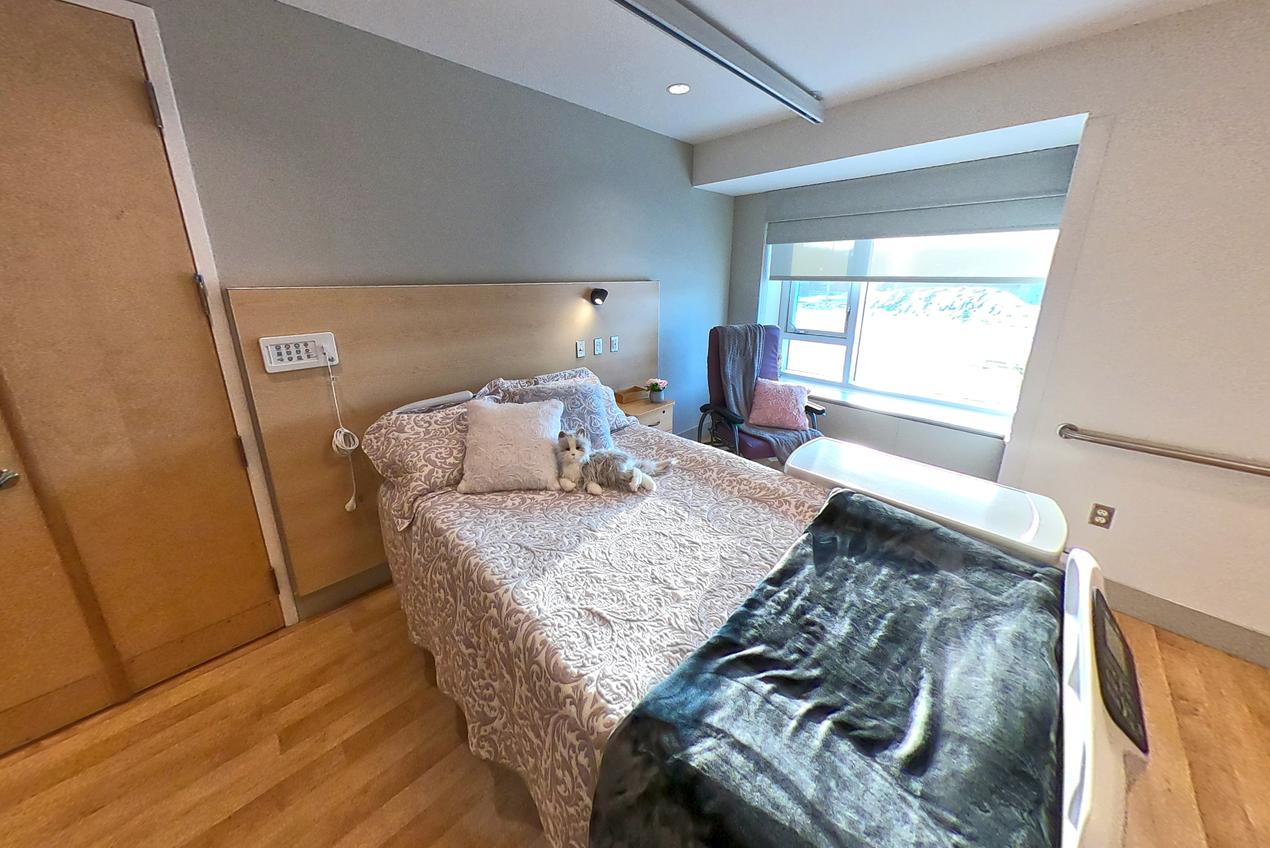In Quebec, The new Senior and alternative housing offer an innovative model centered on quality of life. Located in all regions of the province, they welcome seniors with a serious loss of autonomy, adults with a physical disability, an intellectual disability or an autism spectrum disorder. Overview.
Suggested in 2018, the concept of Senior and alternative housing allows the people who live there to feel at home. They are a comfortable place where the organization of care and services is based on the needs, preferences and pace of residents and their loved ones.
Like home
Unlike the CHSLD accommodation model, Senior and alternative housing are made up of 12 room households. Each of them has a bathroom with an adapted shower. The idea is to promote proximity between caregivers, families and residents. Each of them offers a family space allowing relatives to organize and participate in daily activities. An outdoor garden, balconies, entertainment areas and a medicine cabinet directly accessible in the resident's room, are an integral part of the Senior and alternative housing experience. To reproduce a living environment "like home", by offering personalized and adapted services, is at the heart of the approach advocated by this model. To achieve this, lingerie carts or anything institutional or medical is hidden.
A place for loved ones and caregivers

( image source )
At any time, families and friends can come and visit their loved one. They are invited to share different times of the day, such as a meal or sleep near the resident, in his room. An extra bed is available in all rooms to allow the presence of another person at any time of the day or night. The presence of a caregiver makes it possible to maintain emotional support, collaborate with staff members and accompany the resident to external appointments. Caregivers are considered as team members.
What are the costs to live there?
Any adult 18 years of age or older whose state of health requires them to be admitted to a long-term care residential establishment contributes to the payment of their accommodation. The Régie de l'assurance maladie du Québec (RAMQ) will determine the amount of the financial contribution of these people so that the rules are applied in a uniform, fair and impartial manner. This amount is determined according to the financial situation of the resident and a maximum threshold is established.
How do I join a seniors' and alternative home?
Senior and alternative housing are public facilities that are part of the Centre intégré de santé et de services sociaux (CISSS) and the Centre intégré universitaire de santé et de services sociaux (CIUSSS). The admission process is the same as that in a CHSLD. An assessment by a health professional, more specifically a social worker, is required to determine whether or not a person can be admitted to a Senior and alternative housing, depending on their level of loss of autonomy. Remember that people who live in CHSLDs and Senior and alternative housing are experiencing a serious loss of autonomy. An autonomous or semi-autonomous person cannot live in a CHSLD or Senior and alternative housing.








